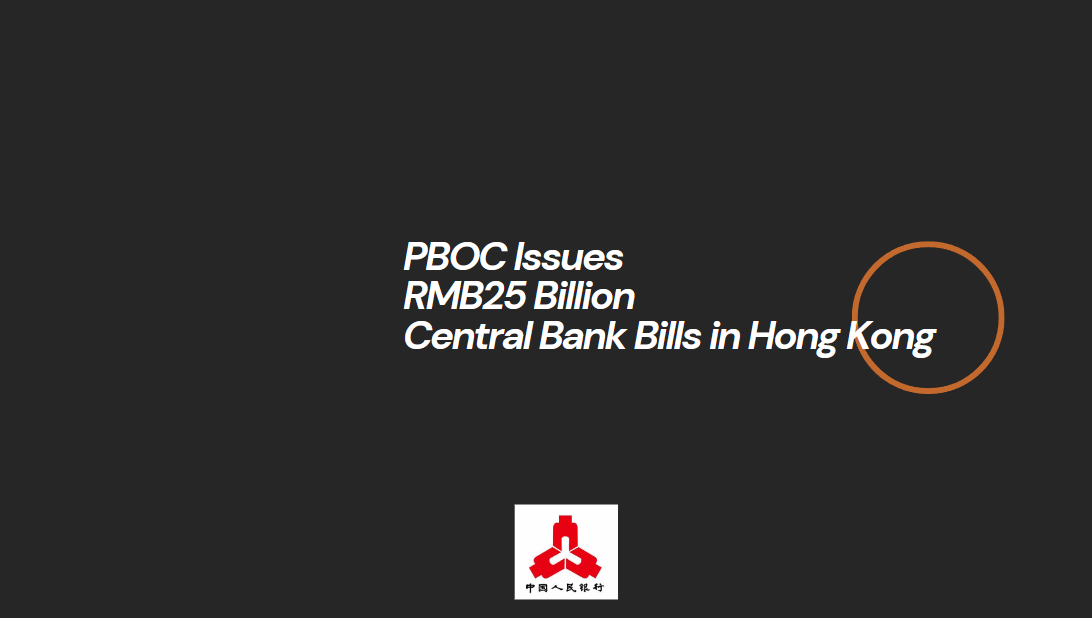The potential and pitfalls of Central Bank Digital Currencies
Much of the debate around Central Bank Digital Currencies (CBDCs) has focused on their domestic impact, but they have the potential to transform the most fundamental building blocks of international economic activity by creating new opportunities for faster, cheaper and more secure cross-border payments.
CBDCs have enormous potential, but as with any disruptive new technology, they must be designed with caution to ensure that the costs of change do not outweigh the benefits.
More than 100 countries, including 19 of the G20 economies, are considering introducing some form of CBDC, according to the World Economic Forum. Much of the dynamism is in Asia, and the principal focus is on mainland China. In addition, Australia, Hong Kong, India, Malaysia, Singapore, South Korea and Thailand have all already launched pilot programmes, which are in various stages of completion.
Unlike some other digital currencies, CBDCs are backed by the full power of the state, offering stability and avoiding many of the risks of stablecoins or cryptocurrencies.
On the surface, CBDCs will behave very much like the cash in our online bank accounts and retail users will see little difference, but they hold the potential to streamline payments, ushering in a new era of low-cost, secure, and near-instantaneous transactions, while spurring economic growth and financial sector innovation.
Among the biggest beneficiaries could be small and medium-sized enterprises (SMEs), the engine for economic growth in much of the world. The burden of today’s long settlement times and high exchange costs often fall disproportionately on smaller enterprises, squeezing cash flow and blunting their competitiveness. If well designed, CBDCs payment approaches could help ease some of these pressures.
The unanswered questions
There are still many unanswered questions. Should CBDCs be limited to wholesale settlements between banks and big businesses, or available to everyone? How will CBDCs co-exist with the private money in the commercial banking system, so that banks can continue to play their vital role lending to the economy and supporting growth?
Consensus does seem to be coalescing on the last question. Many models are looking at a hybrid system where the currency is issued by the central bank, but payment services and account management are outsourced to the commercial banking sector.
Although most central banks are still focused on the opportunities and impact in their domestic markets, some pilot schemes are looking beyond their borders to work out how CBDCs might work internationally.
The biggest hurdle to reaping the potential efficiency savings that CBDCs promise for cross-border payments is achieving inter-operability: creating common standards and data protocols that allow CBDCs to fulfil their potential.
A number of pilot projects are already under way. Among the most advanced is mBridge, a project run by the Bank for International Settlements in collaboration with the Hong Kong Monetary Authority, the Bank of Thailand, the Digital Currency Institute of the People’s Bank of China, and the Central Bank of the United Arab Emirates.
mBridge, of which HSBC is a part, transferred more than $20 million across the network during a five-week trial in August and September last year. The wholesale CBDC model, which combines the expertise of the commercial banking sector with the security of distributed-ledger technology and the guarantee of central bank involvement, is the way forward.
mBridge is a blockchain-enabled platform that supports real-time, peer-to-peer, foreign exchange transactions and cross-border payments using CBDCs and building on earlier experiments.
The key feature of the platform is that it creates a fully connected network of central banks to validate wholesale transactions on behalf of domestic commercial bank participants, making the payments system faster and more efficient.
CBDC infrastructure like mBridge has enormous potential: it enables rapid transactions, may reduce settlement risk further and the technology would also support advances like the tokenisation of assets and associated smart contracts.
There is much work to be done. The full impact of introducing CBDCs on financial systems and economies more broadly is still being explored, and, in particular, we need to ensure that banking systems do not suffer deposit losses at introduction. Still, CBDCs offer significant potential, and are therefore likely to be introduced more widely soon in some form.
The challenge for both central and commercial banks is to design infrastructure so that it maximises benefits like faster and cheaper cross-border payments, preserves the best of the current system, and avoids creating new vulnerabilities in the global financial system.






















































First, please LoginComment After ~